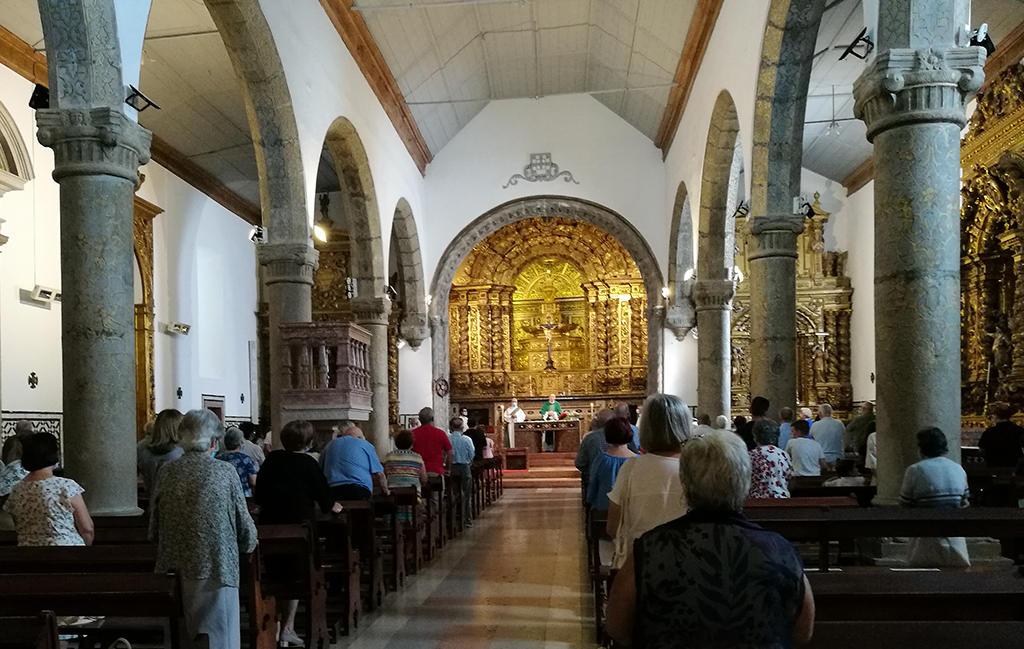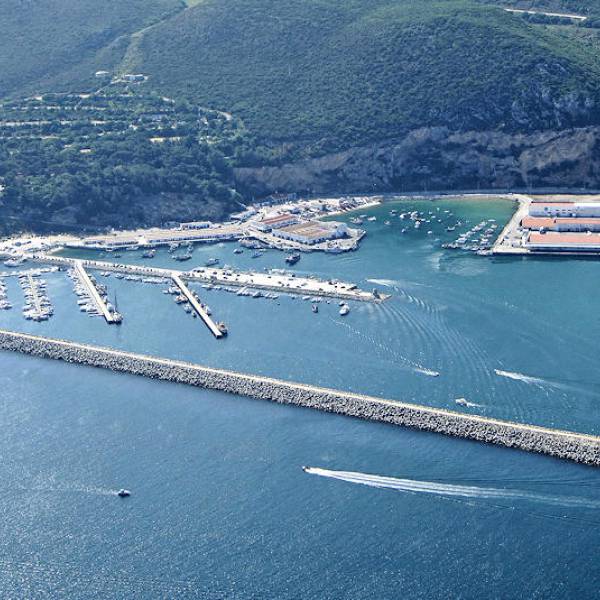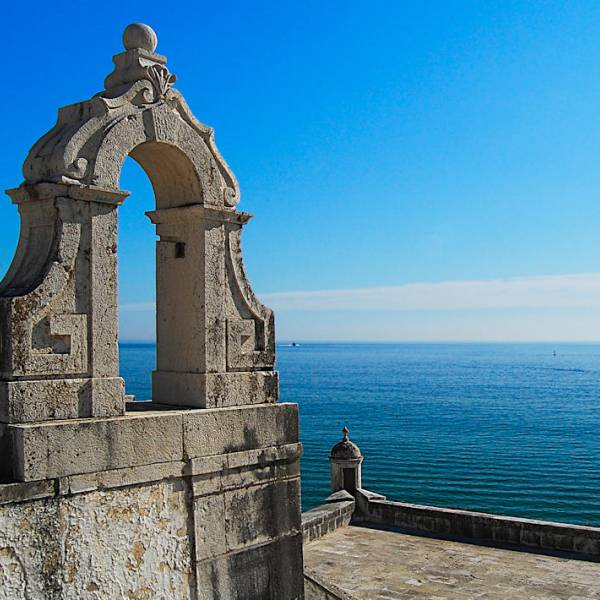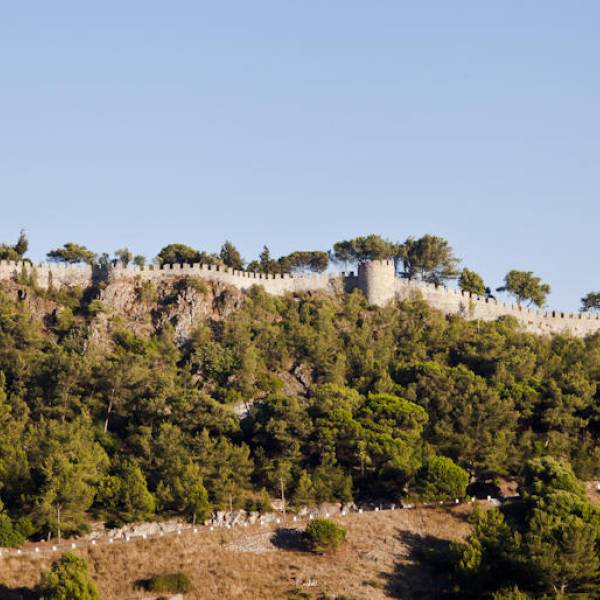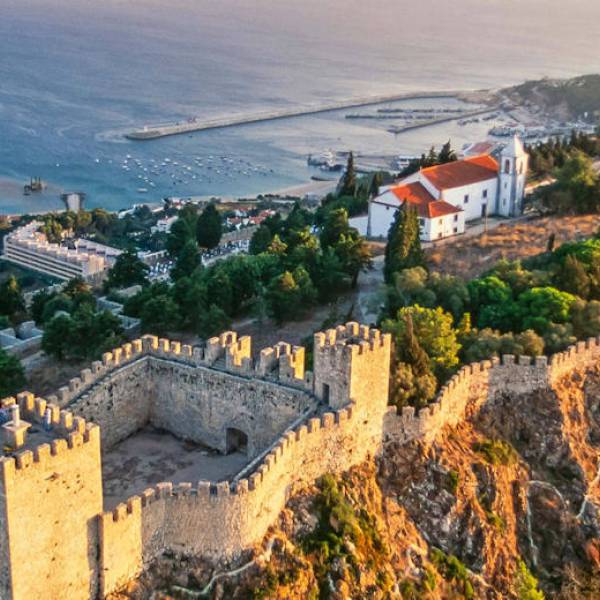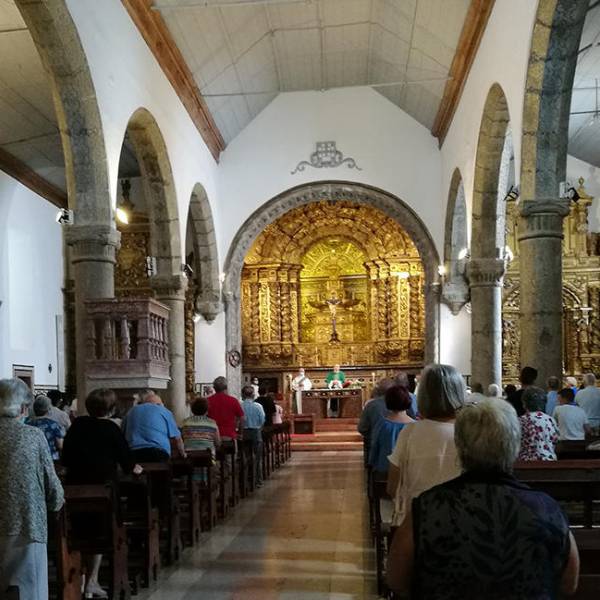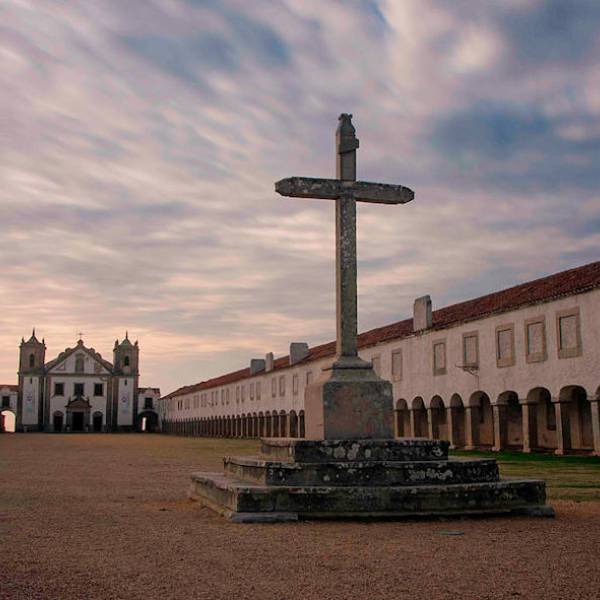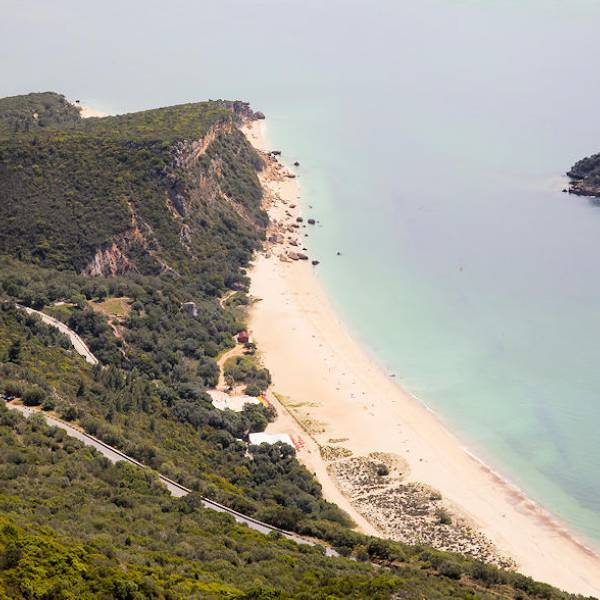The Igreja de São Tiago in Sesimbra is a recommended day trip from Lisbon due to its historical significance, architectural beauty, and cultural heritage. Visitors can immerse themselves in the rich history of the church, admire its stunning design, and explore the religious art and artifacts it houses. The church provides a captivating glimpse into Sesimbra's heritage and offers a memorable cultural experience just a short distance from the vibrant city of Lisbon.
The master of the Order of São Tiago argued in favor of building the church in Ribeira, highlighting the significant burden imposed on the people who attended divine services at the church located in the castle of the town. Furthermore, the coastal area of Sesimbra, known as Ribeira, had experienced rapid development within a few decades, necessitating the consolidation of settlers and the establishment of a separate parish to provide them with religious and administrative autonomy.
Construction began in 1533, initiated by D. Jaime de Lencastre, the Bishop of Ceuta and grandson of D. João II. Francisco Marrecos, a noble knight of the royal household, was entrusted with overseeing the construction. An inscription on the exterior right flank of the church indicates the year 1534 when significant progress had already been made. By 1536, the new church, dedicated to São Tiago, was open for worship, with the main chapel completed and the rest of the structure in its final stages. Finally, on October 19, 1538, the parish achieved full autonomy through the apostolic bull of confirmation.
As you approach the church, you will be captivated by its majestic façade adorned with intricate stone carvings and decorative details. The main entrance welcomes visitors with a magnificent portal featuring beautiful arches and delicate sculptures, a true testament to the craftsmanship of the era.
Stepping inside the Igreja de São Tiago, you will be greeted by a serene and sacred atmosphere. The interior boasts a spacious nave with elegant columns, vaulted ceilings, and ornate altars. The high altar, dedicated to Saint James the Great, the patron saint of Sesimbra, is a remarkable centerpiece adorned with gilded woodwork and intricate religious artwork.
Lisbon.vip Recommends
Beyond its architectural and artistic splendor, the Igreja de São Tiago holds great religious importance to the local community. Throughout the year, the church plays a central role in religious celebrations and events, drawing pilgrims and worshippers from far and wide. The vibrant festivals and processions held in honor of Saint James bring the town together in a display of faith and tradition.
Visiting the Igreja de São Tiago is not only a journey into the religious and architectural heritage of Sesimbra but also an opportunity to appreciate the town's deep-rooted cultural identity. The church stands as a symbol of the town's history and resilience, having withstood the test of time and witnessed countless generations of Sesimbra's inhabitants.
For those seeking a day trip from Lisbon, the Igreja de São Tiago offers a captivating blend of spirituality, history, and artistic beauty. Whether you are a history enthusiast, an art lover, or a curious traveler, exploring this magnificent church will transport you to a bygone era and provide a deeper understanding of the cultural tapestry that defines Sesimbra.
Map View


